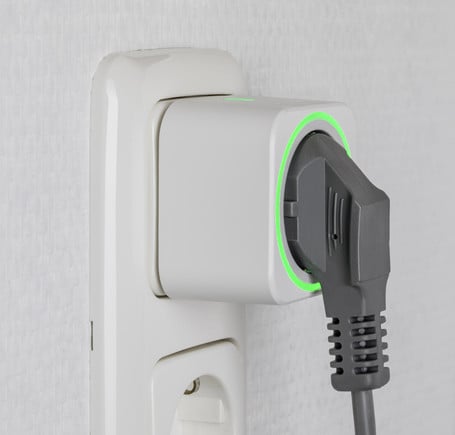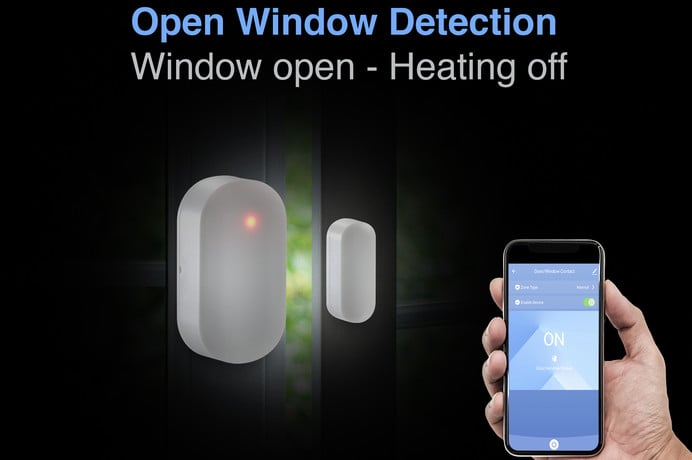Popular brands
Exploding energy costs
The curve for electricity and gas prices has been rising continuously since the beginning of the year. Nevertheless, as a consumer you have the opportunity to avoid unnecessary costs with little effort and little investment.
The potential for saving energy can be found in every household, regardless of size. In addition, every kilowatt hour saved improves the personal CO2 balance and contributes to the reduction of greenhouse gas emissions.
Find permanent power guzzlers
In order to reduce energy consumption at home, a good approach would be to find the cause of the increased electricity bill. However, this is not so easy, as the supplier usually only provides a bill with the annual consumption. So if you want to know where the supposed wasters are in your household, you have to measure them yourself.
However, it is not usually worth replacing a flawless power guzzler with more economical equipment. Instead, it is best to disconnect appliances with a high standby consumption from the power supply using switchable intermediate sockets or power strips.
Save energy
However, electricity is not the only source of energy in the household. More than two thirds of final energy consumption is caused by heating.
Smart radiator thermostats help to reduce heating costs. They ensure heating comfort at all times and are more economical than conventional thermostats. Installation is also a breeze.
In addition to radiator thermostats, room thermostats also help to save energy. These also have various programmable feel-good modes, such as automatically turning up the heating when you get up in the morning.
Not to forget:
Your savings potential depends entirely on your awareness. If you don't turn off the heating at night when the windows are open, the less you can save on your wallet. Smart radiator thermostats detect heat loss and turn up the heating to counteract the incoming cold.
The Sygonix T1 window contact helps you to avoid this danger. It detects open doors and windows and automatically turns down the heating. With a radio range of 80 m in the open field, it can be used flexibly.
Reduce cleverly
If you want to save energy conveniently, you can use smart end devices. Smart home includes all technical aids, such as sensors or cameras, that ensure greater convenience, security and efficiency.
Lighting accounts for around 12 percent of your private electricity bill. Switching from incandescent and halogen lamps to energy-saving LED lamps can save up to 80 percent of electricity costs.
Programmable timers or motion detectors help to switch the light on and off automatically as required. This is a great advantage, especially for festive lighting on the patio.


